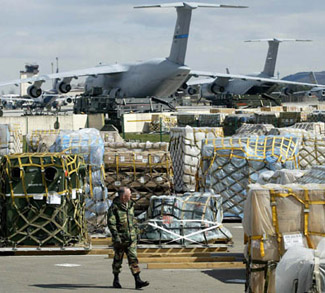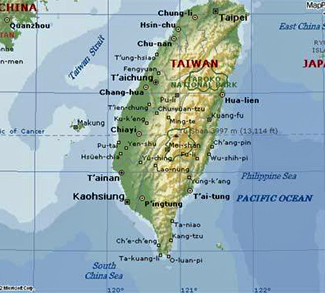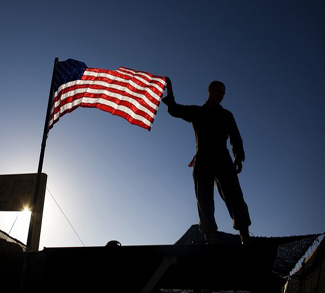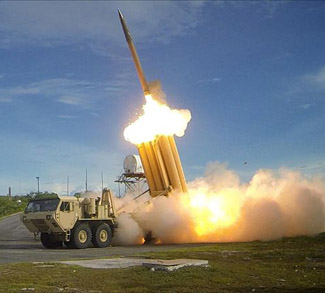Summary
In the words of the U.S. Overseas Basing Commission, U.S. military bases are, “the skeleton upon which the flesh and muscle of operational capability [can be] molded [1].”
2012 US Military Bases Update
The Obama administration’s attempts to grapple with the fallout from the 2008 global economic crisis have had a fundamental impact on the US military’s role in the world. First there was former Defense Secretary Gate’s procurement reforms, program cuts, and troop reduction plan, a process that witnessed that gutted golden calves such as the Future Combat System and the F-22 Raptor. Now, policy planners in the United States are looking towards a future where decreasing defense budgets are no longer a hypothetical, but a given.
Defense reform and budget reductions have had the following impacts on the global network of US military bases:
- President Obama has ‘pivoted’ US defense planning towards the Asia Pacific region and away from the Europe and the Middle East. This will translate into less of an onus on permanent bases in the Middle East, which was manifest in the administration’s decision not to push for permanent bases in Iraq, in order to contain China’s growing military presence in Asia.
- Defense spending cuts are overwhelmingly targeted at the US Army, and in a particularly telling part of the policy statement in question, ‘US forces will no longer be sized to conduct large-scale, prolonged stability operations” [21]. This ironically could give rise to new kinds of us military bases, such as the small-scale, lightning response orientation of new bases in Australia.




